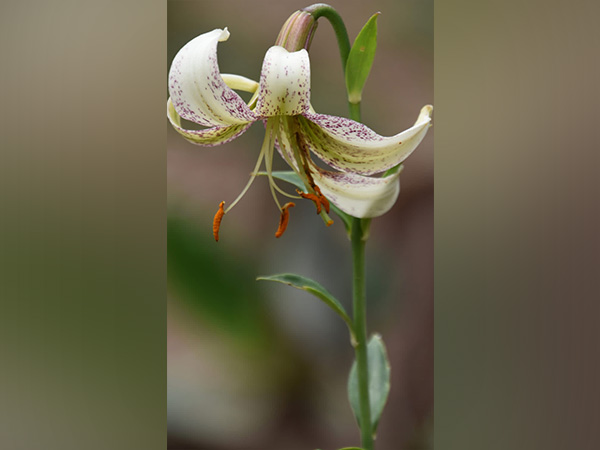A Groundbreaking Initiative to Reintroduce Endangered Plant Species in Uttarakhand
In a pioneering effort, the Research wing of the Uttarakhand Forest Department has launched a program aimed at reintroducing rare and endangered plant species to their original natural habitats. This initiative marks a significant shift in conservation strategies, focusing not only on wildlife but also on flora that has been severely impacted by human activity.
The Scope of the Program
The project initially targets 14 plant species that have been classified as endangered or critically endangered by the International Union for Conservation of Nature (IUCN). These species are also listed among the threatened plants by the State Biodiversity Board. Over time, the program is expected to expand to include more species, ensuring a broader impact on biodiversity conservation.
Sanjiv Chaturvedi, Chief Conservator of Forest (Research), highlighted the importance of this initiative, stating that previous conservation efforts were primarily focused on fauna. “This is the first time such an initiative is being taken for plant species,” he noted.
Medicinal Value and Overharvesting
Many of these plants hold significant medicinal value, which has led to their overharvesting from the wild. As a result, their populations have dwindled, making them vulnerable to extinction. The program aims to reverse this trend by restoring these species to their natural environments.
Selected Species and Propagation Techniques
The 14 species chosen for the project include the Himalayan Gentian, Red Crane Orchid, White Himalayan Lily, Golden Himalayan Spike, Doon Cheese Wood, Kunaon Fan Palm, Indian Spikenard, Patwa, and Himalayan Arnebia. These plants have been carefully selected based on their ecological and medicinal significance.
Over the years, the research wing has developed advanced propagation techniques to cultivate these species. They have successfully grown new plants using seeds, rhizomes, and bulbs of the threatened species. The old natural habitats of these plants have been identified and mapped, allowing for targeted reintroduction efforts.
Reintroduction Process
The reintroduction process began with the onset of the monsoon season, ensuring optimal conditions for the survival of the newly planted species. The groundwork involved preparing suitable sites for planting, which included soil analysis and habitat restoration.
Future Prospects and Monitoring
Chaturvedi emphasized that the success of this program could pave the way for similar initiatives across other regions of the country. The first phase of the plantation is expected to be completed by July, after which the habitats will undergo continuous monitoring and evaluation.
In the next phase, more endangered species will be added to the program, further expanding its reach and impact. This initiative represents a crucial step towards a more holistic approach to conservation, recognizing the vital role that plant species play in maintaining ecological balance.
By focusing on both flora and fauna, the Uttarakhand Forest Department is setting a precedent for sustainable conservation practices that can inspire similar efforts nationwide.






